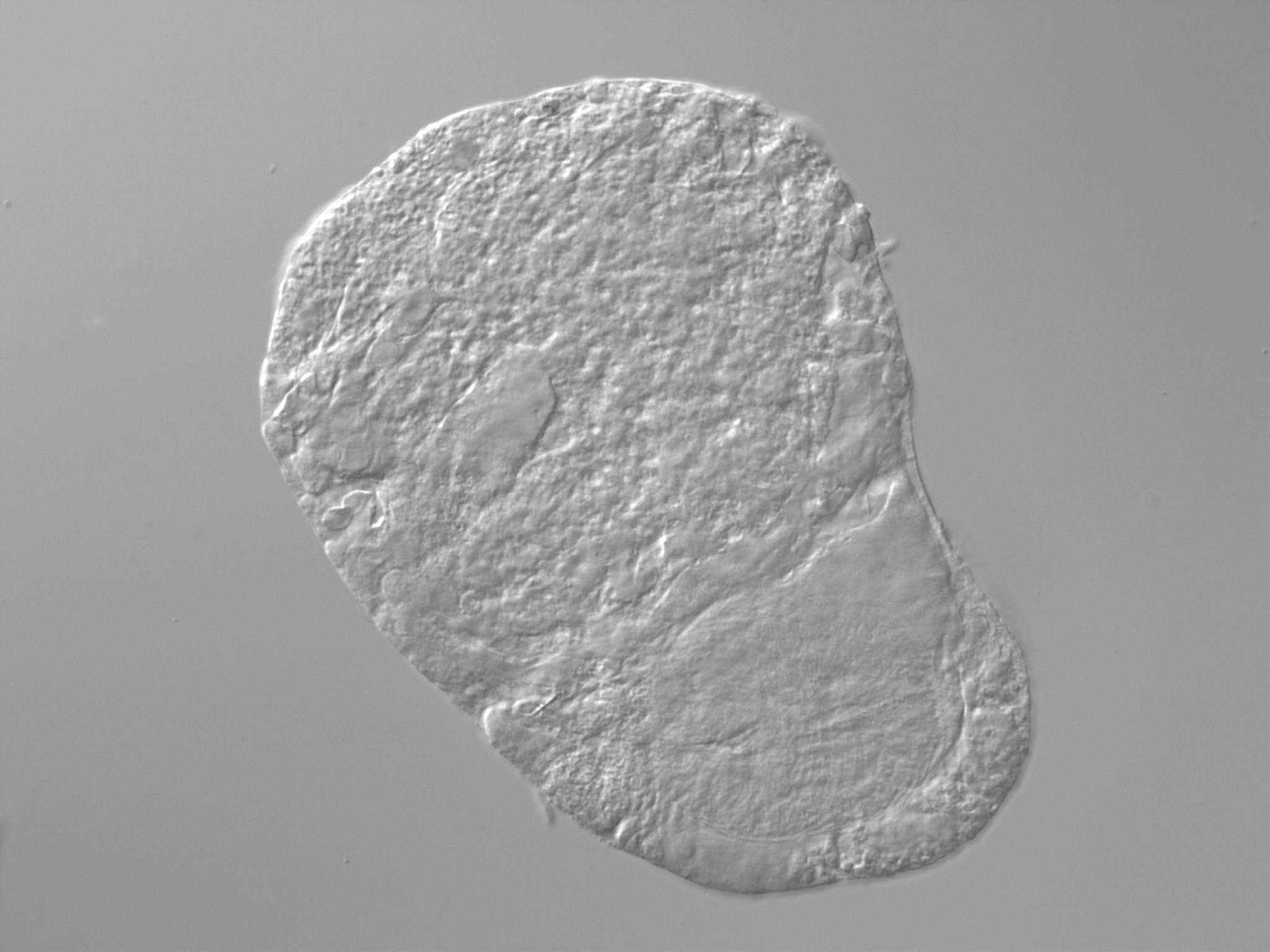Soil Food Webs
Collection
In 2024, the Plathelminthes section was renamed Soil Food Webs after the change of section and department head and accompanied by a new focus in research.
The section Plathelminthes was established in 2009 following the merger of the Görlitz Natural History Museum with Senckenberg. The collection now comprises over 500 permanent slides of terrestrial Plathelminthes from various Central European habitat types from Saxony.
Soft tissues of the free-living plathelminthes, essential characteristics such as protonephridia, sexual organs and certain other tissues, become invisible in the embedding media. Therefore, chemicals were used for staining during fixation and embedding in order to be able to recognize as many traits as possible after embedding. Up to now, polyvinyl-lactophenol with the addition of a few drops of chlorazole black and Euparal had proven to be suitable for embedding. In addition, the animals were fixed with TAF (trimethylamine, aqua, formalin) for a few minutes before embedding and stained with neutral red.
A digital photo collection was established to document the traits that cannot be preserved in permanent slides.

